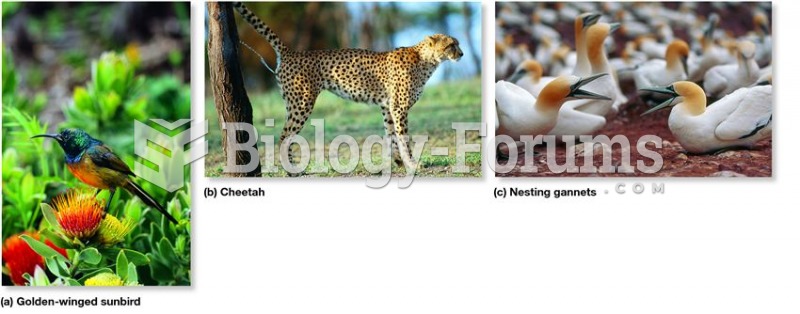Answer to Question 1 Jiangnan sizhu music used to be played by hired instrumentalists at weddings and in local opera but it is better known as an amateur music today, most typically being performed in tea shops by groups of friends who have formed a music club . . . This change reflects a process of gentrification quite widely found in the history of Chinese music . . . The low esteem of professional performers of this music in the past is being avoided by the current amateur performers who have moved their music-making to a different venue (tea shops rather than the earlier commercial settings of hired wedding and theater bands).
CD 2:11 Jiangnan sizhu Song of Happiness Follow the Close Listening guide as you listen to the selection.
Answer to Question 2 The Jiangnan sizhu name means the silk and bamboo music from the Jiangnan region in East China around the lower reaches of the Changjiang (Yangstse) River. . . . The phrase silk and bamboo refers to the two major categories of instruments used in this music, silk-stringed instruments and bamboo-tubed wind instruments.
The ancient Chinese recognized the sound-producing materials of (1) silk, (2) bamboo,
(3) metal (e.g., the bells of the Marquis), (4) stone (as in tuned qing chime stones), (5) gourds (hollowed out to make the body of a mouth organ), (6) earth (baked into clay ocarinas),
(7) leather (stretched to make drum heads), and (

wood (as in clappers).
In Jiangnan, the ensemble is flexible, but it often includes one or two of the following instruments: erhu two-stringed fiddle; sanxian three-stringed, long-necked lute; pipa, ruan four-stringed, round-bodied lute; yangqin hammered dulcimer; dizi transverse bamboo flute; sheng mouth organ and a percussionist who plays woodblock and clappers. . . . Sometimes, a zheng . . . a bridged zither with (usually) 25 strings is added, and in soft pieces a xiao bamboo end-blown vertical flute replaces the more effervescent dizi.
Answer to Question 3 Music, the least concrete and visible of the arts, was often seen as parallel to the agency of the supernatural, which many ancient peoples believed to be present, powerful, and unseen.
Contemporary Instrumental Ensemble Music: Jiangnan sizhu from the Shanghai region of East China







